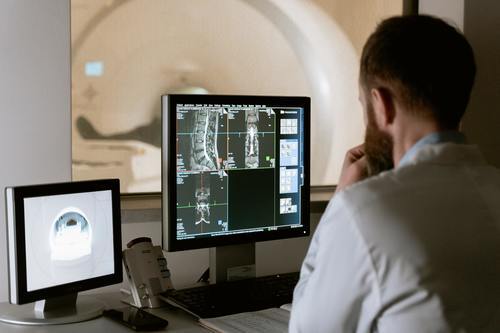Waste in healthcare has hit an all-time high up to $935 billion. Addressing the complex sustainability concerns of the medical imaging industry encompasses a wide spectrum of clinical specialties, such as gynecology, pediatrics, obstetrics, and radiology. Within these areas of practice various types of imaging, including ultrasound and magnetic resonance, may results in significant waste. Depending on the size of the practice and the number of patients served annually, https://antarosmedical.com/ facilities may implement robust sustainability programs to minimize the environmental footprint. A 2019 study on sustainability in healthcare noted specific areas where facilities may reduce waste.

Coordination
Payers and providers deal with administrative complexities, which create tremendous streams of waste. Areas of concern include inventory and transport. Communication is key to eliminating waste. A robust supply tracking system helps the facility to manage end-to-end use of supplies. Moving to a computer-based tracking system is also effective at reducing transport waste. Some facilities still move patients between departments, keeping track with a paper form that requires a signature. From a time and materials perspective, using software to track inventory and patients is cost-effective and sustainable.
Equipment
Imaging equipment is a source of waste in many ways. Facilities often replace equipment before the end of its life cycle to have the most up-to-date model. Replacing working machinery is wasteful. Yet, CT scanners and MRI machines are often discarded, despite having many additional years of service left. Facilities may extend the lifetime of a piece of machinery by refurbishing it. For imaging centers, refurbishing increases sustainability and reduces costs. Supplies are another area of waste, especially the gels used to facilitate quality imaging. While deemed safe for patients, the gel solution and packaging are not always environmentally friendly. However, digital imaging with gel is better for the environment than the industry’s film processing system, which is associated with extensive chemical waste.
Manufacturers are currently researching how to make medical imaging machines as efficient as possible. By developing scanners that use less helium and allow less helium to escape, equipment producers help facilities to reduce costs. As the industry moves toward single-use supplies to protect patients from germs, one-time instrument use may eliminate some sterilization requirements and reduce cross-contamination. However, single-use supplies create waste also. As a result, the FDA regulates a sterilization process for single-use equipment, ensuring patient safety as imaging facilities work toward reducing environmental impact.

